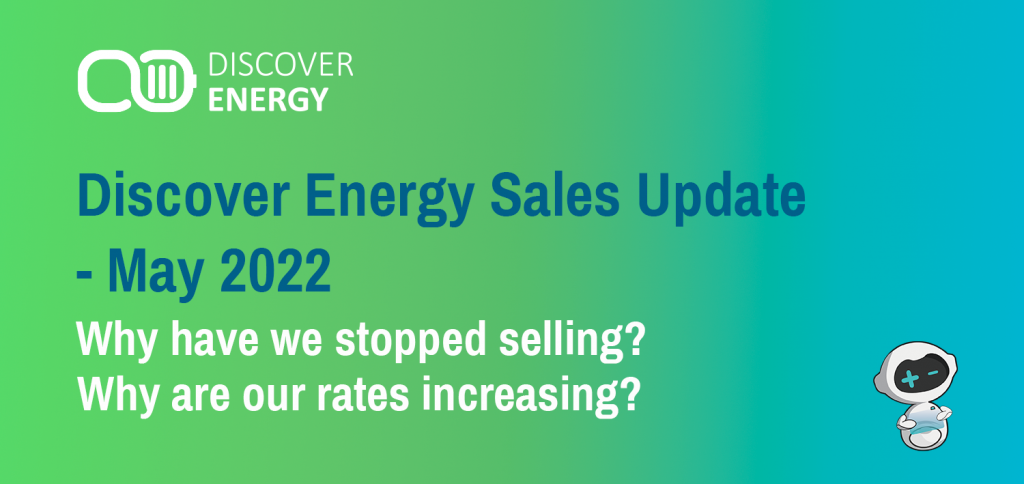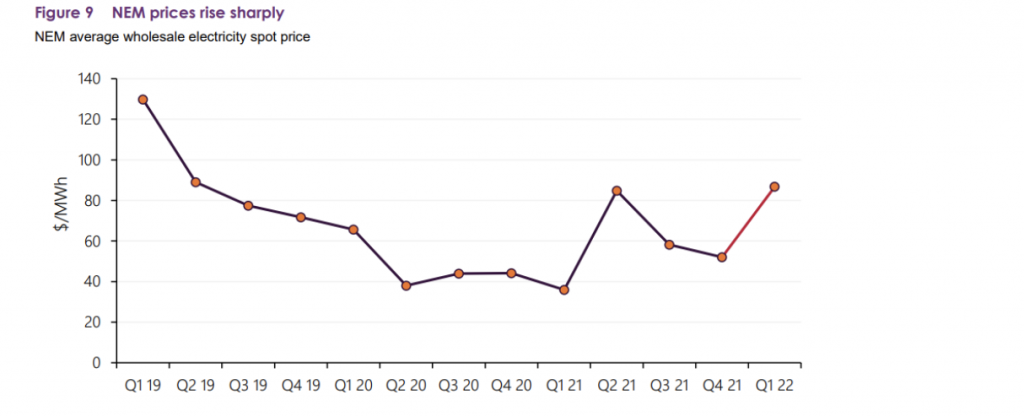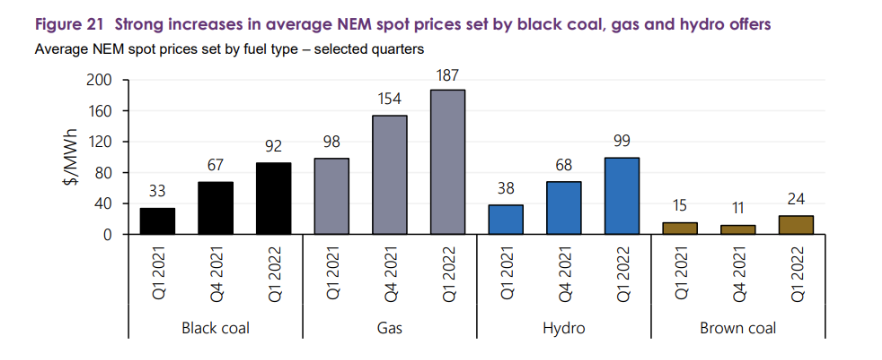
13th May 2022
Current Discover Energy customers may be aware of upcoming changes to their rates and offers, while new or prospective customers may have noticed that we have closed the sales function of the website, and are currently not accepting any new sign-ups. Below is a short explainer on why we have made these changes. We hope to open up sales as soon as possible.
If you have any queries please contact customerservice@discoverenergy.com.au , chat to us via the chat box or ring 1300 658 519.
Why have we stopped selling?
We will have to stop accepting any new customers on market offers as we are reviewing our current pricing for electricity and gas in all states and anticipate a SUBSTANTIAL INCREASE in prices for all customer usage on our gas and electricity plans. And as such we would not like to welcome any new customers to Discover Energy with a price rise expected in the first week or two of being our customer.
Why are we lifting prices?
Wholesale prices are increasing – AEMO* recently reported a 141% increase year on year and the Wholesale prices have continued to increase in April and May averaging nearly $200 NEM wide.

So far in 2022 there has been unprecedented conditions in the wholesale market – prices of oil, gas and coal have seen significant increases because of world events such as the war in Ukraine and the after-effects of Covid-19 on energy supply chains have conspired to increase prices up to 500% in the case of spot gas.
Coal and gas generators (and hydro) have passed on these increases to their wholesale costs by pushing up the price they bid generation into the electricity market, with the bid prices for black coal, hydro and gas either tripling or doubling in the market. This has pushed the cost forward of the spot energy that small retailers must purchase to supply our customers. And as we don’t make money when the wholesale market price increases, we have no choice but to pass these increases onto our customers.

As a small growing Retailer this price rise affects us adversely because we don’t own large coal or gas generators we just buy excess solar from our customers via feed-in-tariffs; and unfortunately the value of solar in the market has been declining at the same time as the price for peak energy has been increasing.
*See AEMO quarterly dynamics report https://aemo.com.au/-/media/files/major-publications/qed/2022/qed-q1-report.pdf?la=en&hash=981BA7016C0C9A25947F0F05198EDB96
What’s does the future look like for electricity prices and Discover Energy customers?
In the short-term, the outlook for electricity prices suggests that the prices will likely remain elevated. In the medium term, it is difficult to imagine that coal and gas prices will remain as high as they have been so far in 2022, and so the market expectation is for prices to fall in coming years. As soon as prices are reduced, Discover Energy will share any reductions with our customers. However, the energy industry is going through a major transition where we would expect some further price volatility as the incumbent generators seek to extract as much value from their old generators and the market adjusts to a high renewable and high storage grid.
What can customers do now?
Unfortunately, all electricity and gas retailers will be forced by the current circumstances to change their prices. At Discover Energy, we will proactively contact customers who recently joined OR who have high peak or annual usage to let them know a change to their rates is coming and discuss what options they have to best manage their bills.
This might be to check the government websites such as Energy Made Easy to find a better plan, or move onto a time of use tariff if the customer can lower their consumption in peak periods (generally weekdays – morning and evening).
What about VPP and Solar?
Discover Energy will continue to support the uptake of Solar and Battery installations in Australia. In fact, we expect that the current electricity market will drive more customers to want to install solar and battery and we will be able to facilitate these installations by our extensive installation partner network thanks to our partner organisation One Stop Warehouse.
We will continue to operate our VPP platform and innovate via new smart EV charging and other new technologies that will support our customers and help insulate them against future price rises.
Any questions? Need support?
Please contact customerservice@discoverenergy.com.au , chat to us via the chat box or ring 1300 658 519.











